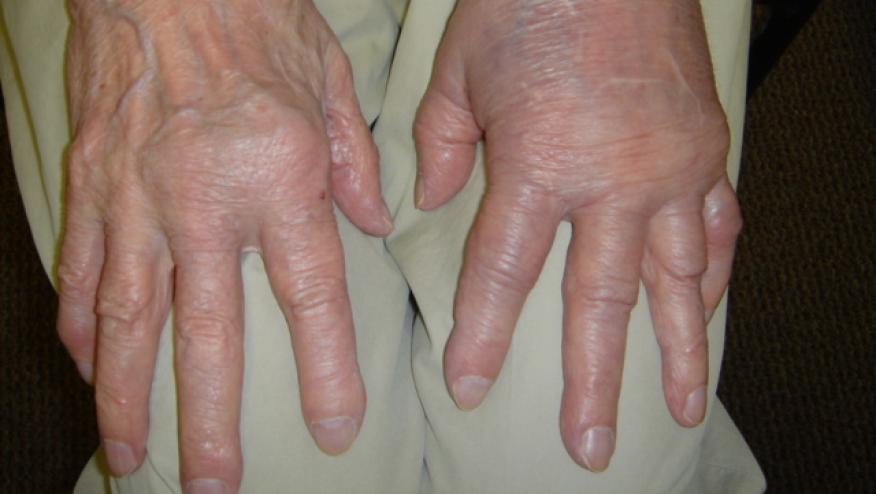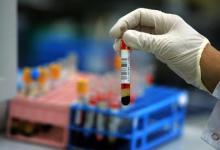Multimorbidity predicts flares in rheumatoid arthritis Save

A study from Olmstead county and the Mayo Clinic shows that multimorbidity and social factors predict higher rheumatoid arthritis (RA) flares and lower remission rates.
A restrospective study of 659 incident RA seen between1999–2014 were assessed for 55 chronic medical conditions; with multimorbidity defined as the presence of ≥2 conditions and substantial multimorbidity as ≥5 conditions. The Area Deprivation Index and Social Vulnerability Index (SVI) were used as proxies for adverse social determinants of health (SDoHs). Flare was defined as worsening of disease, requiring change and/or escalation of therapy.
Multimorbidity and substantial multimorbidity predicted higher odds of RA flare:
Multimorbidity (OR:1.29, 95% CI:1.04 to 1.59)
Substantial Multimorbidity (OR:1.26, 95% CI:1.03 to 1.53)
Flare was associated with female sex, smoking, younger age and shorter disease duration, but not seropositivity.
Similarly both were associated with lower odds of remission, 34% and 33% lower, respectively. SVI/sdoHs also predicted 8% lower odds of remission.
Remission was associated with male sex, never smoking, older age and longer disease duration, but not seropositivity.
Fin multimorbidity has prognostic and therapeutic importance. Seropositivity is not significantly associated with disease flare or remission.









If you are a health practitioner, you may Login/Register to comment.
Due to the nature of these comment forums, only health practitioners are allowed to comment at this time.